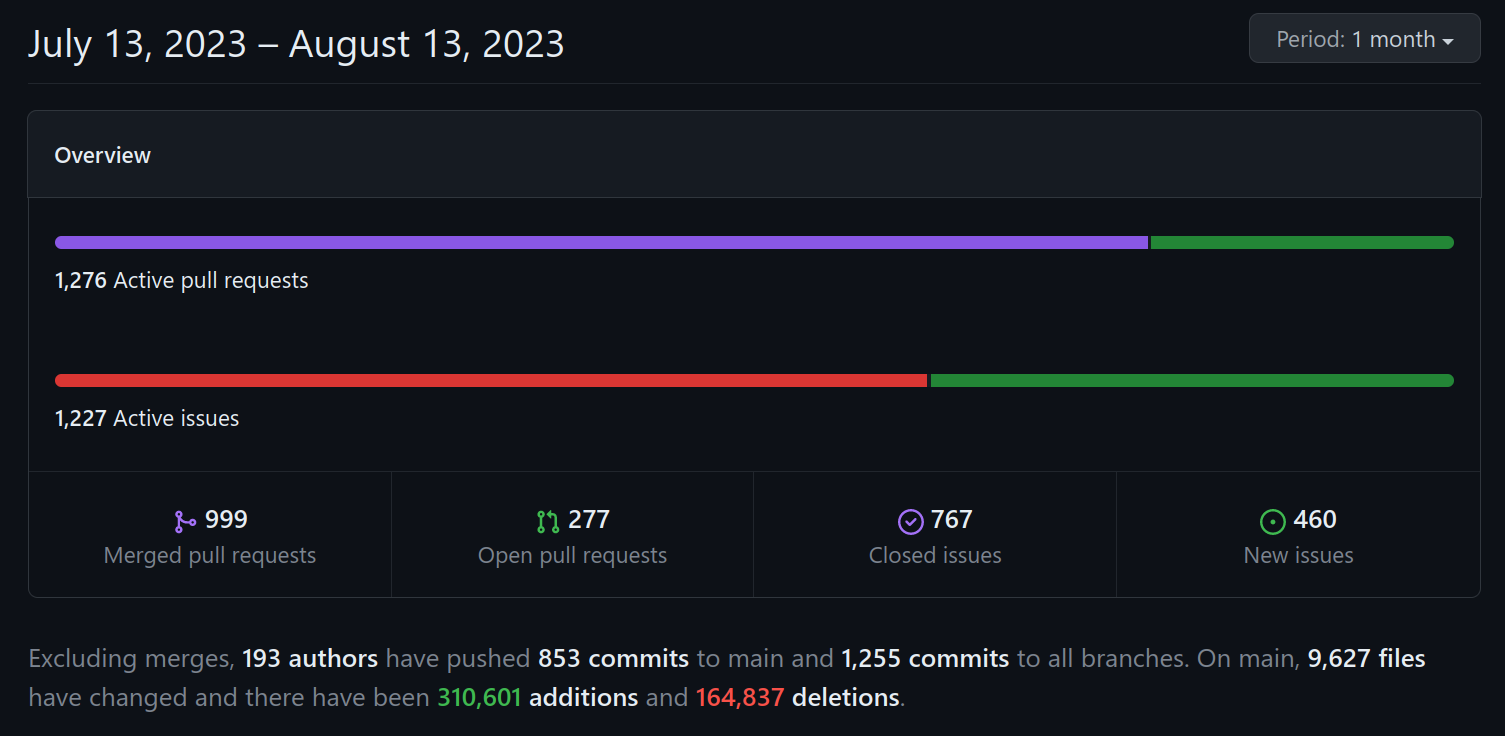A primer on open-source intelligence for bug bounty hunting in Grafana
Before getting to the main topic of this blog post, I’d like to take a moment to share some exciting news (at least for me): Secutils.dev, the product for software engineers and security researchers that I’ve been working on lately, is now generally available!
Preparing the tool for GA is what has been keeping me busy for the last couple of months. I’d encourage you to quickly skim through the video guides to learn what Secutils.dev is capable of today:
- Quickly deploy and program webhooks
- Track changes in any part of a web application
- Easily generate development certificates and keys
- Slice and dice content security policies (CSP)
It’s still early days for Secutils.dev, and if you want to know what's coming, check out the roadmap.
Hello!
Today, I’d like to touch on open-source intelligence, or OSINT. According to Wikipedia, open-source intelligence is the collection and analysis of data gathered from open sources (covert sources and publicly available information) to produce actionable intelligence. As you can infer from the definition, OSINT is a vast topic, and the best way to understand such broad topics is through concrete, narrow-scoped practical examples. In this blog post, I’d like to share one of the approaches on how OSINT techniques can be applied to bug bounty hunting for products with publicly hosted code on GitHub, using the awesome open-source project Grafana as an example. Read on!
